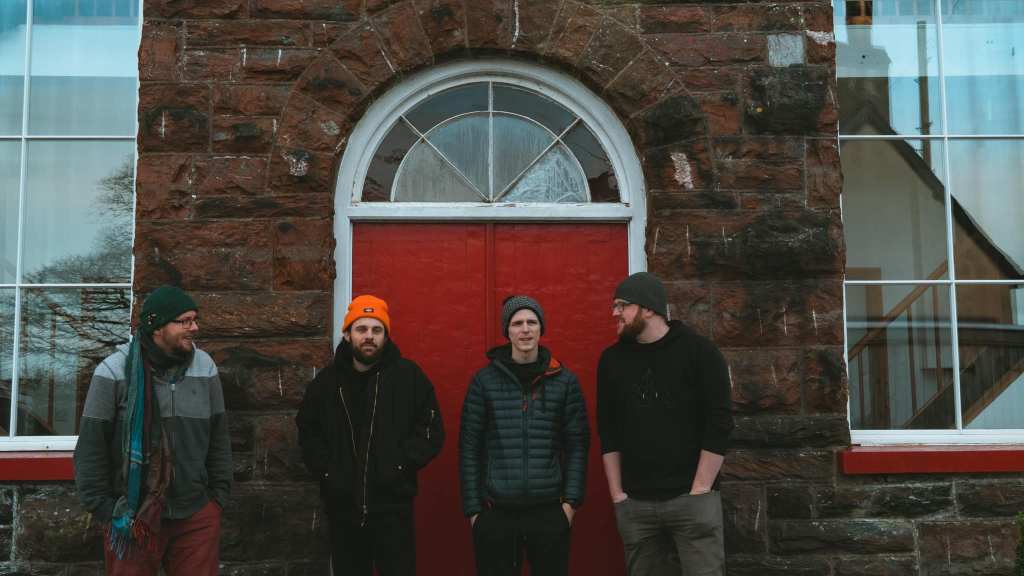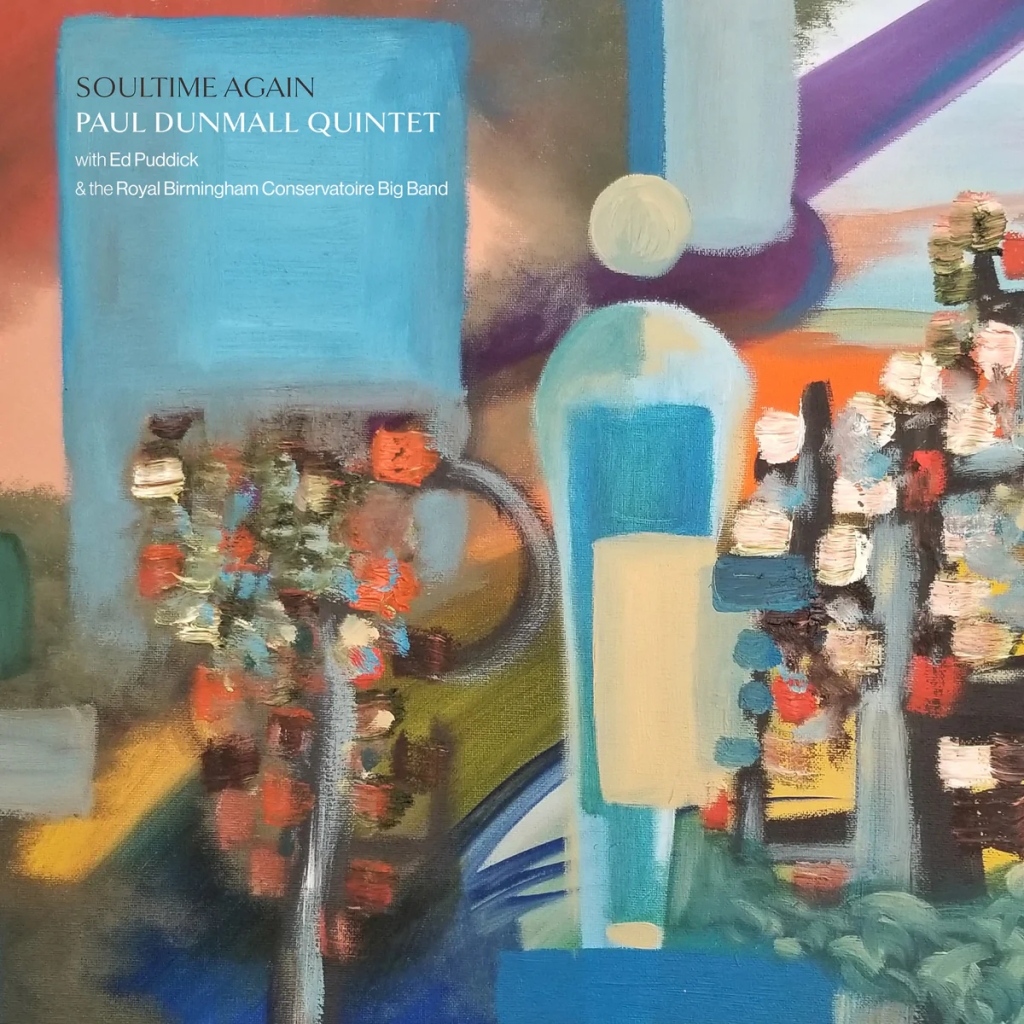
Travis Reuter is a new name for me; he is a guitarist born in Texas, studied in New York with fellow guitarist Ben Monder, and played with all the top players in New York, notably Arturo O’Farrill before re-locating to Switzerland where he now lives and plays. This album, Quintet Music, his second, features a quintet with the very interesting line up of guitar, tenor saxophone (Mark Shim), vibes (Peter Schlamb), bass (Harish Raghavan) and drums (Tyshawn Sorey), an instrumentation which creates the opportunity for a range of colours and textures in the music. A particular feature of Reuter’s approach is that the various soloists are accompanied on each track by a complex, but composed backing that is rhythmically quite dense and varied. This idea came from attending concerts of groups led by Tyshawn Sorey, and it is Sorey’s ever inventive and rhythmically complex drumming that is the key to the success of this approach. It is an approach that gives the music an almost restless energy and a sense of drama.
All this is apparent on the first track, Same Song; it features Reuter’s guitar improvising over a constantly changing but structured backing from the vibes, bass and drums before moving into an excellent solo from saxophonist Mark Shim. Shim is a much underrated player whose excellent contributions are a key feature of the album.
The track with the unusual title of #8D@z introduces another key feature of Reuter’s approach, a focus on interaction between two of the members of the quintet. On this track it is between Shim’s saxophone and Schlamb’s vibes, and they create a very stimulating dialogue, again over the complex backing from the rest of the band that I have described. This approach based on interplay between two players is also a feature of #15 where the interaction is between Reuter’s guitar and Shim’s saxophone.
#9 Low/High 1 varies the approach with what Reuter describes as ‘temporal deception’, which is based on creating an element of surprise through the use of short phrases with pauses between them, thereby building up tension. Tyshawn Sorey’s dynamic drumming also makes a major contribution to the drama of this track.
Three short tracks, Interludes 1, 2 and 3, all just under 2 minutes in length, feature a particular soloist, Reuter, Shim and Schlamb respectively
It strikes me that most contemporary jazz players are looking to develop methods that bring together composition and improvisation in ways that give each equal standing and importance, and break away from the dominance of the composition. Reuter has developed in this album an innovative and arguably unique approach that departs from the standard theme plus solos approach, and provides variety arising from the way in which the accompanying rhythmic patterns under the improvising soloist are structured.

As a result of the recent short tour of Mike Fletcher’s Silent Form band which played Birmingham earlier this month and also of the very stimulating seminar hosted by the Jazz Research Group at Birmingham City University which was associated with the tour, I have been re-visiting and adding to my collection of Ornette Coleman albums. I am particularly enjoying Ornette’s trio with bass player David Izenzon and drummer Charles Moffett on the Live At The Golden Circle, Stockholm Volumes 1 and 2 on the Blue Note label recorded in 1965. The playing on these two albums is really inspiring, and I think this is my favourite Ornette group. The approach is similar to Ornette’s ground breaking albums of the late 1950s and early 1960s (The Shape Of Jazz To Come and Change Of The Century) in that the music is based on tunes followed by freely improvised solos, but in the live situation Ornette develops much longer and more expansive solos, and Izenzon and Moffett are much free-er in their accompaniment. Moffett’s drumming is particularly energetic and creates a similar sense of drama that I have described in Tyshawn Sorey’s playing. On Volume 2 on certain tracks Ornette plays violin and trumpet in his own idiosyncratic way.
As Mike Fletcher explained in his introduction to the Silent Form concert, Ornette was seeking to break away from the constraints of more traditional modern jazz and bebop. The Silent Form project was seeking to find answers to the same questions about the music that Ornette had raised and was doing this through the spontaneous transitions from composition to improvisation. I would suggest that Travis Reuter is in the album reviewed above also addressing those questions and coming up with his own answers.

